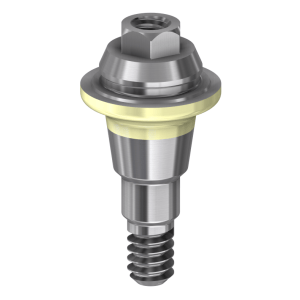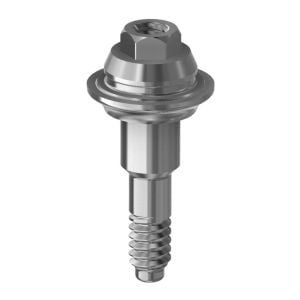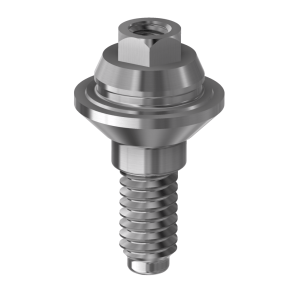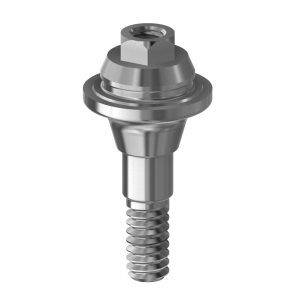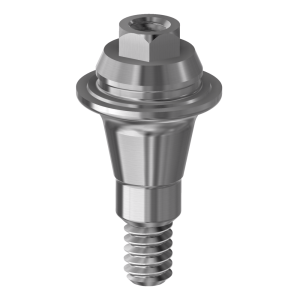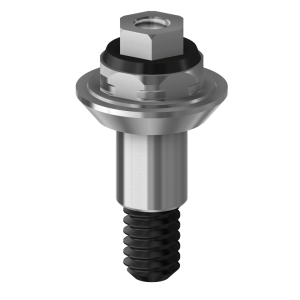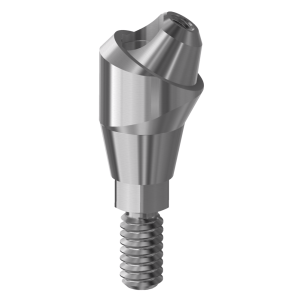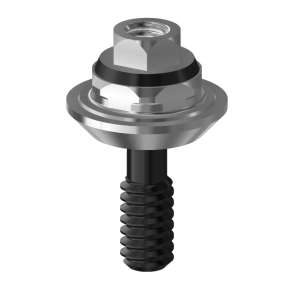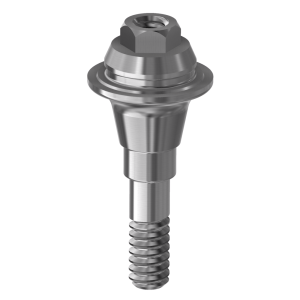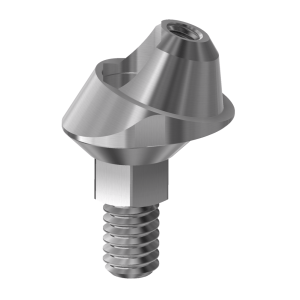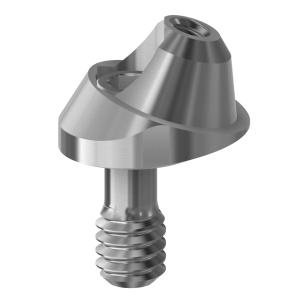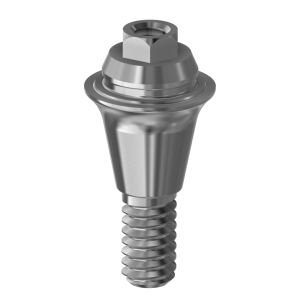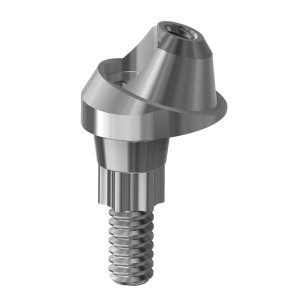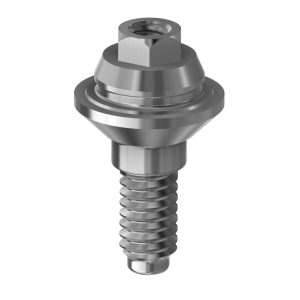Multi-unit & Uniabutments for dental implants
DESS Dental Multi-unit abutments are compatible with most implant systems on the market. Discover all the connections and their features. On the other hand, transepithelial abutments act as a connection between the implant and the dental prosthesis in multiple restorations. In addition, they have several features that improve the comfort and precision of treatment and prevent secondary complications.
Product Catalog
-
![AOX Screw]()
AOX Screw
From €21.90![MUA+ compatible with Nobel Active® & Nobel Replace CC®]()
MUA+ compatible with Nobel Active® & Nobel Replace CC®
From €124.90![MUA+ compatible with Straumann® Bone Level®]()
MUA+ compatible with Straumann® Bone Level®
From €124.90![MUA+ compatible with Neodent® Grand Morse]()
MUA+ compatible with Neodent® Grand Morse
From €124.90![Multi-Unit Compatible with 3i Certain®]()
Multi-Unit Compatible with 3i Certain®
From €41.40![Multi-unit abutment compatible with NobelActive® & Replace CC®]()
Multi-unit abutment compatible with NobelActive® & Replace CC®
From €41.40![Multi-Unit abutment compatible with Zimmer Tapered Screw-Vent®]()
Multi-Unit abutment compatible with Zimmer Tapered Screw-Vent®
From €41.40![Multi-Unit abutment compatible with Straumann® Bone Level®]()
Multi-Unit abutment compatible with Straumann® Bone Level®
From €41.40![Multi-unit abutment compatible with Astra Tech Implant System™ EV]()
Multi-unit abutment compatible with Astra Tech Implant System™ EV
From €41.40![Multi-unit compatible with Nobel Replace Select™]()
Multi-unit compatible with Nobel Replace Select™
From €56.00![Multi-unit abutment compatible with Astra Tech Osseospeed™]()
Multi-unit abutment compatible with Astra Tech Osseospeed™
From €41.40![Multi-Unit compatible with Nobel Brånemark®]()
Multi-Unit compatible with Nobel Brånemark®
From €46.90![Multi-Unit abutment compatible with Osstem® TS]()
Multi-Unit abutment compatible with Osstem® TS
From €41.40![Multi-Unit Abutment compatible with Biohorizons® Internal]()
Multi-Unit Abutment compatible with Biohorizons® Internal
From €41.40![Multi-Unit abutment compatible with 3I® Osseotite®]()
Multi-Unit abutment compatible with 3I® Osseotite®
From €41.40![Multi-Unit compatible with Dentium Superline™ & Implantium®]()
Multi-Unit compatible with Dentium Superline™ & Implantium®
From €41.40![Multi-unit compatible with Straumann BLX®]()
Multi-unit compatible with Straumann BLX®
From €41.40




